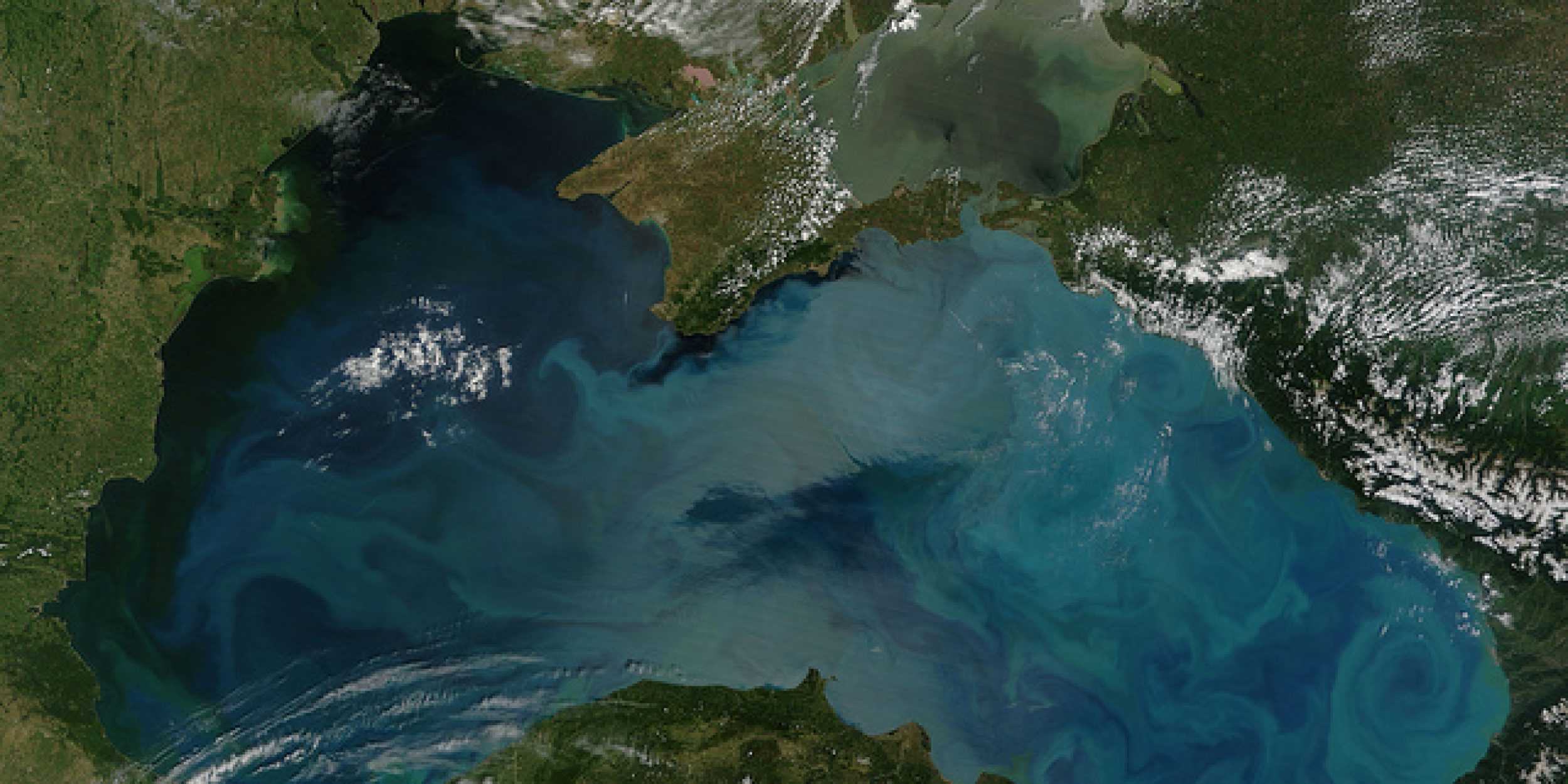Cold spells are defined as a rapid fall in temperatures within a 24-hour period and can harm crop and fruit farms. If farming of one commodity is concentrated in a small region, such localized and short-lived weather events can easily affect its worldwide production. For instance, the hazelnut agribusiness is highly centralized in the southern and eastern coastal Black Sea, where about 70% of the world’s production is found. The hazelnut is vulnerable to severe frost in late winter and early spring and in 2004 and 2014, abrupt cold spells caused profound damages to the hazelnut plantations.
Subseasonal weather forecasting is aimed at predicting weather systems four to six weeks in advance. Currently, climate models are unable to include all local and mesoscale land and atmospheric processes, making reliable subseasonal forecasts and predictions difficult to produce.
Many studies have demonstrated the enhanced subseasonal forecast quality of multi-model ensembles compared to a single-model conventional approach. Using multi-model ensembles, agreement between the different model forecasts provide insight into the predictability of weather events. These extended forecasts provide decision-makers with crucial information and the ability to make preparations for their sector (energy, transport, agriculture).
In a new Weather and Forecasting paper, authors Stefano Materia, Carmen Alvarez-Castro, Simon Mason, Frederic Vitart, Silvio Gualdi, and MAPP-funded PI Angel Munoz, used multi-model subseasonal weekly temperature outputs to detect cold spells on the Black Sea region.
From this research, it was found through reanalysis that multi-model ensembles enhanced the predictability of cold spells in the Black Sea region. These forecasts prove to contain useful information for stakeholders and decision-makers. The use of a cost-loss model approach in this study further demonstrates the added value of this forecast system.
———————————————————————————————–
About MAPP
The Modeling, Analysis, Predictions, and Projections (MAPP) Program is a competitive research program in NOAA Research’s Climate Program Office. MAPP’s mission is to enhance the Nation’s and NOAA’s capability to understand, predict, and project variability and long-term changes in Earth’s system and mitigate human and economic impacts. To achieve its mission, MAPP supports foundational research, transition of research to applications, and engagement across other parts of NOAA, among partner agencies, and with the external research community. MAPP plays a crucial role in enabling national preparedness for extreme events like drought and longer-term climate changes. For more information, please visit www.cpo.noaa.gov/MAPP.



